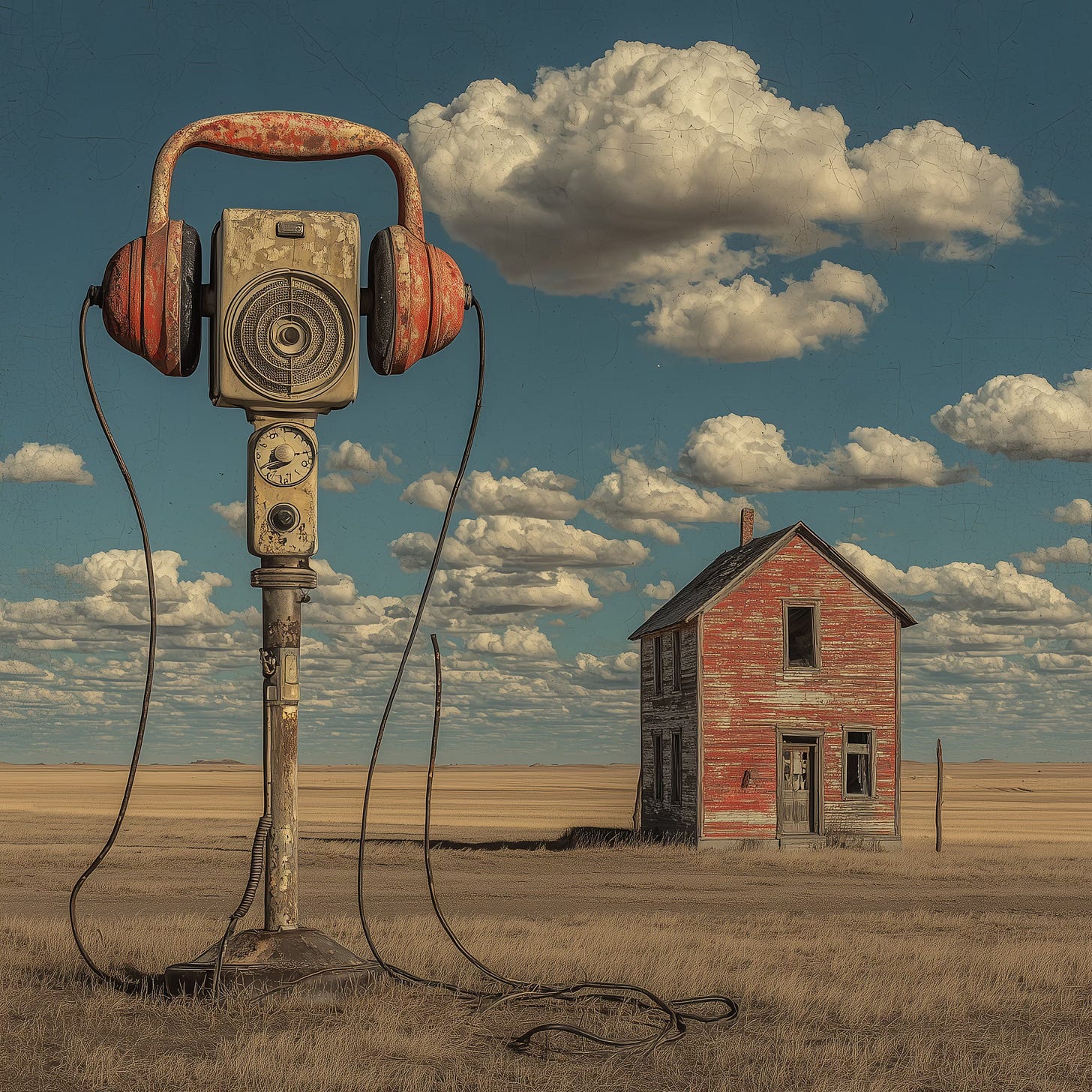The Last Supper: How We Turned Eating from Sacrament to Fuel.
Soup from the same pot.
The evening meal at the Olsen farmstead in Minnesota began the same way every night in 1901. Fourteen people gathered around a table built by grandfather Olsen from oak trees cleared from the land twenty years earlier. The hired hands sat beside the family’s children, the elderly grandmother next to the newest infant, all waiting for the brief silence that preceded eating.
This wasn’t merely about nutrition or even economy, though feeding fourteen required both. This daily gathering was where the Danish immigrant learned English from the schoolteacher boarding for the season, where disputes about fence lines got resolved between courses, where the community’s actual business happened between the passing of dishes worn smooth by decades of use.
That table served as more than furniture. It functioned as a courthouse where children learned justice by watching their parents navigate disputes. It was a schoolhouse where stories carried history and wisdom across generations.
It was a marketplace where deals were struck and partnerships formed. Most importantly, it was an altar where the act of eating together created and renewed the bonds that made isolated prairie life survivable.
The food mattered less than the faces across the table, though both were treated with reverence born from understanding scarcity and celebrating abundance.
Keep reading with a 7-day free trial
Subscribe to David Boles: Prairie Voice to keep reading this post and get 7 days of free access to the full post archives.


